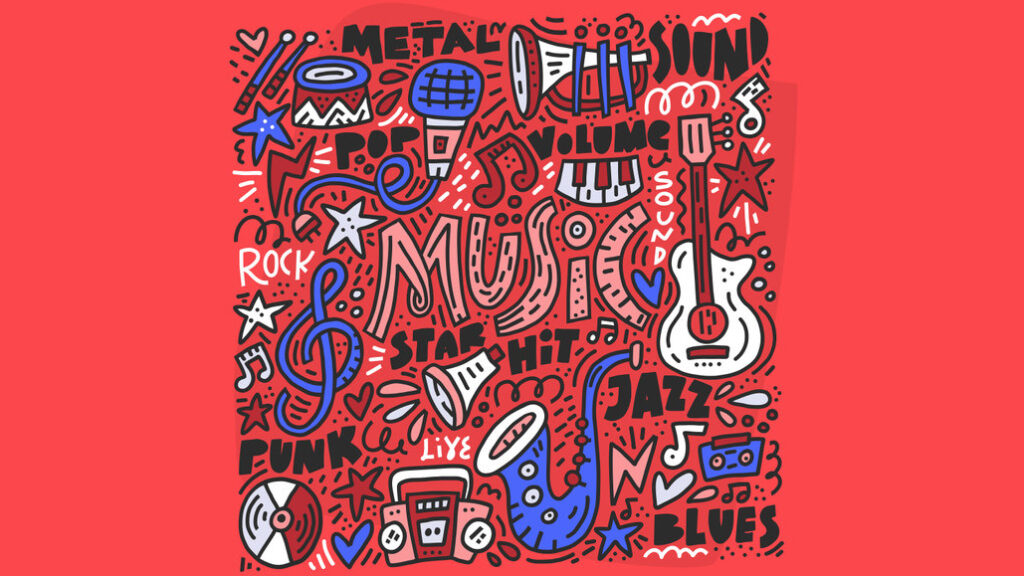Summertime Musicals
I just saw two fabulous movies: In The Heights and Summer of Soul. I laughed, I cried, I boogied in my seat. Yes, I was indoors at a movie theatre, masked, and with very few people around. It felt SO GOOD to be pulled into that big screen and huge surround-sound track. If you’re comfortable, I highly recommend it.
What Is It About Music?
Have you ever had the experience when a song comes on, and not only can you remember all the old lyrics, but they transport you back to that other place, in that other time? The music takes you there.
Choose Your Soundtrack
Music creates deep association for times, people, events in our lives. I feel like I’ve developed different soundtracks for different periods. The beauty of services like Spotify, Pandora and YouTube is the instant environment they help us create through music. Right now, I’m tapping my toes to Sly and the Family Stone (“I Want to Take You Higher!”) as I write this.
Get Moving!
I don’t think it’s a stretch to say we are spending waaay too much time sitting (or standing) in front of our screens. Step back, my friends. Moving the body moves your energy. Moving your energy gives life to your voice. A lively voice is easier to listen to. And, just like that, you can be a better presenter.
Learning From Music
Use these three musical elements to improve your communications in any situation. Whether you’re delivering a quarterly update, pitching for new biz, or speaking your truth to power, keep this music in mind…
1. Create Cadence
Phrasing is what makes music sing and dance. A phrase is made up of a sequence of notes called cadence. Your sequence of words is also a cadence. If you want your words to sing and dance (and not sound flat, monotone or boring) give them variety by varying your tempo and letting your voice rise and fall.
2. The Rhythm of the Beat
One of the soundtracks of my life that makes me smile was playing my djembe in drumming circles. A djembe is a style of drum, with origins in West Africa circa 1200. It’s the most amazing feeling to pound out rhythms. Rhythms are patterns of beats, like our heartbeat, and keep us alive.
When you’re presenting, some of those beats are articulated with words, and some beats are silent. In theatre terms, “take a beat” means take your pause and let your words land. Pauses are powerful!
Rhythm in a presentation provides the variety that holds an audience’s attention. Not every one of your PPT slides is weighted equally. Spend more time on some, less time on others. Build to a key message, slow down for an anecdote. Use short sentences as well as long ones.
3. Find Flow
Every piece of music, in every genre, from classical to rock to jazz to funk, has a beginning, middle and end. It’s the flow that gives us the satisfaction of hearing a melody. In a presentation, we create flow by using transition sentences between slides.
This is a subtle technique, but it’s a game-changer. Wrap up each slide with one sentence that leads into the next slide (which you need to know in advance) and literally “click” in the middle of your transition sentence. A list of these transition sentences will provide you with the through-line for your presentation from beginning to end.
Put On Some Tunes
Wherever you are right now, can you take a musical break? Can you plug into a different rhythm? Can you lift your spirits or feel inspired? Can you hum a little melody? Whether you’re in a movie theatre with surround sound or at your desk with your earbuds, there’s music to be heard.
How about if we emerge out of pandemic-time by making this the Summer of Music? Let me know what you’re listening to these days. I’m always interested in checking out something new.
And the beat goes on…
Be the happy recipient of more great tips and techniques, along with intelligent musings on the state of communications, by signing up for Diane Ripstein’s regular NewsNotes right here.
